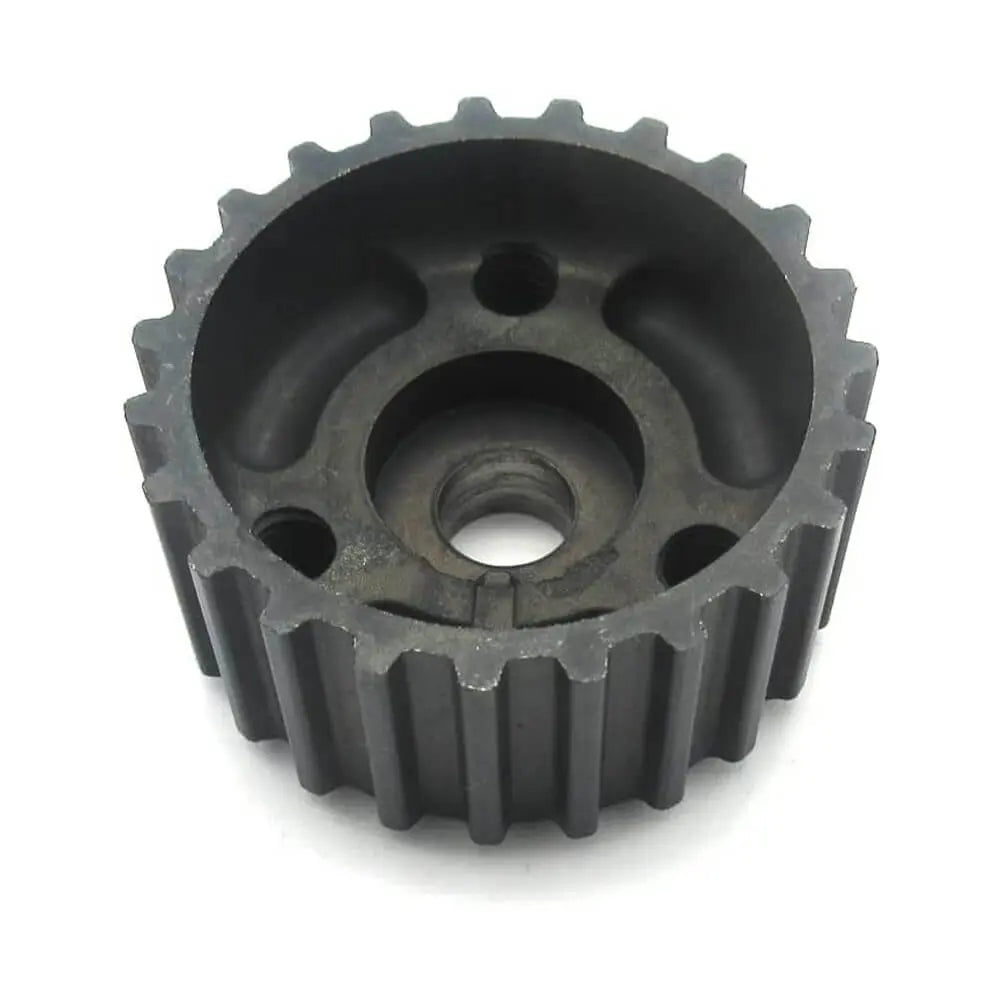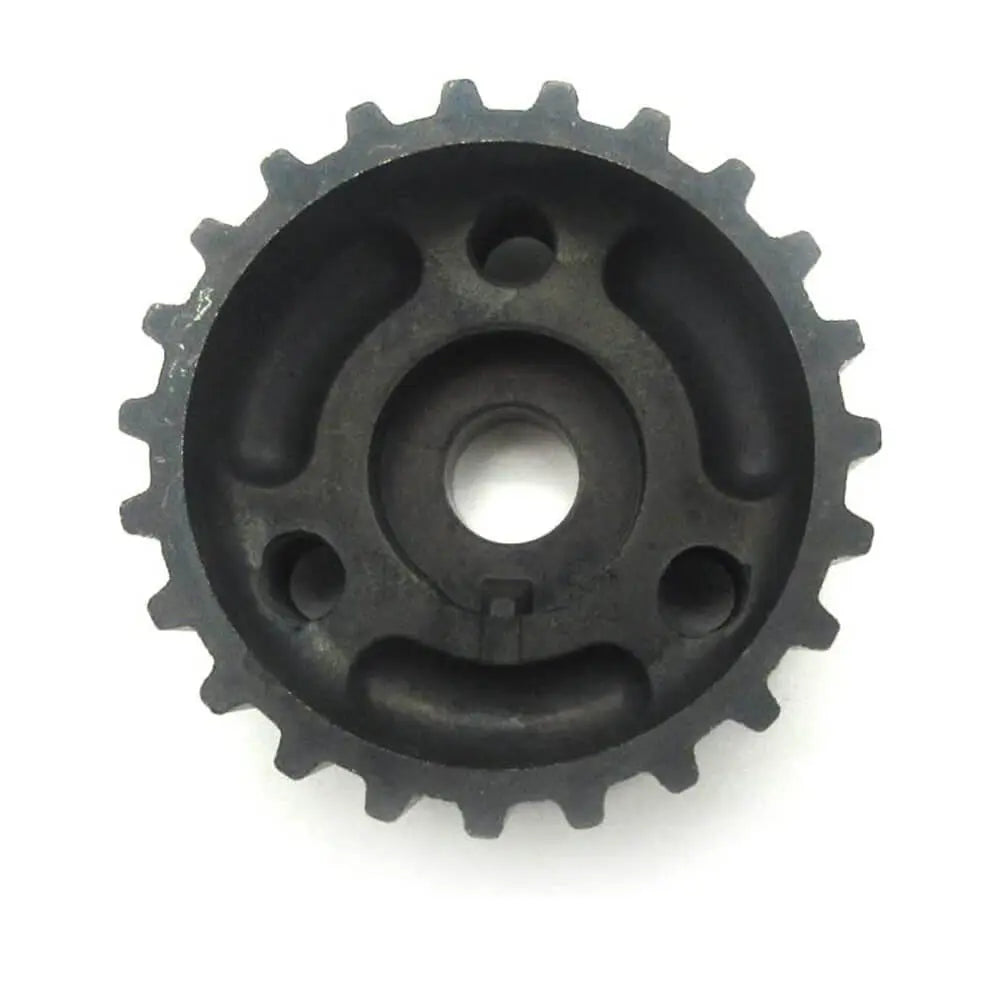Shop by Category
Timing Crankshaft Gear
1 product
Showing 1 - 1 of 1 product
A Guide to Timing the Crankshaft Gear in Your Car
The proper timing of the crankshaft gear is a critical aspect of engine performance and efficiency in a car. It ensures that the valves open and close at the right moments, allowing for optimal combustion and power generation. In this article, we will delve into the importance of timing the crankshaft gear, the signs of incorrect timing, and the steps involved in properly timing it.Understanding the Crankshaft Gear:
The crankshaft gear is a crucial component in the engine that connects the crankshaft to the camshaft(s). It is responsible for synchronizing the rotation of the camshaft(s) with the crankshaft, ensuring precise valve timing. When the timing is accurate, the engine runs smoothly, maximizing power output and minimizing fuel consumption.Signs of Incorrect Timing:
Timing issues with the crankshaft gear can lead to noticeable problems in your vehicle's performance. Some common signs of incorrect timing include:1) Misfiring engine: A misaligned crankshaft gear can cause the valves to open and close at the wrong time, leading to misfiring or backfiring of the engine.
2) Decreased power and acceleration: Poorly timed valve openings can result in reduced power and sluggish acceleration.
3) Engine overheating: Inaccurate valve timing can disrupt the engine's cooling system, leading to overheating.
4) Unusual noise: If you hear rattling or knocking sounds coming from the engine, it could indicate timing issues with the crankshaft gear.
Timing the Crankshaft Gear:
Timing the crankshaft gear requires precision and following a systematic approach. Here are the general steps involved:1) Prepare the vehicle: Park the car on a level surface, engage the parking brake, and ensure the engine is off.
2) Remove necessary components: Depending on the specific car model, you may need to remove the timing belt or chain cover, serpentine belt, or other components to access the crankshaft gear.
3) Locate the timing marks: Consult the vehicle's service manual to locate the timing marks on the crankshaft gear and the camshaft(s). These marks are usually indicated by notches or alignment arrows.
4) Rotate the crankshaft: Use a socket wrench or breaker bar on the crankshaft pulley bolt to turn the crankshaft in the direction of rotation indicated by the manufacturer. Align the timing mark on the crankshaft gear with the corresponding mark on the engine block.
5) Align the camshaft(s): Once the crankshaft is in position, align the timing mark(s) on the camshaft gear(s) with their respective marks on the cylinder head.
6) Check for proper alignment: Double-check that all the timing marks are aligned correctly. It's essential to ensure precise alignment to avoid damage to the engine.
7) Reassemble and test: Reinstall any components you removed earlier, such as the timing belt or chain cover. Then, start the engine and listen for any abnormal noises. Monitor the engine's performance and check for signs of improved power, smoothness, and acceleration.
Timing the crankshaft gear is a vital task to maintain the optimal performance and efficiency of your car's engine. By following the steps outlined in this article and paying attention to the signs of incorrect timing, you can ensure that the valves operate precisely, promoting a smooth-running engine. If you're uncertain or lack experience, it's always recommended to consult a professional mechanic to perform the timing adjustment accurately.
Showing 1 - 1 of 1 product
Display
View
Filters (0)


